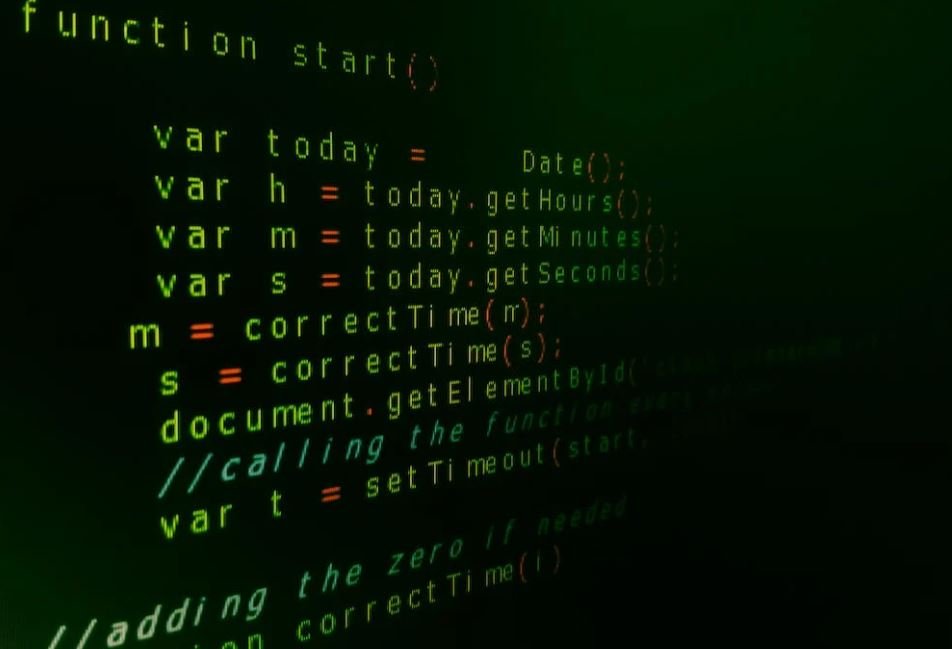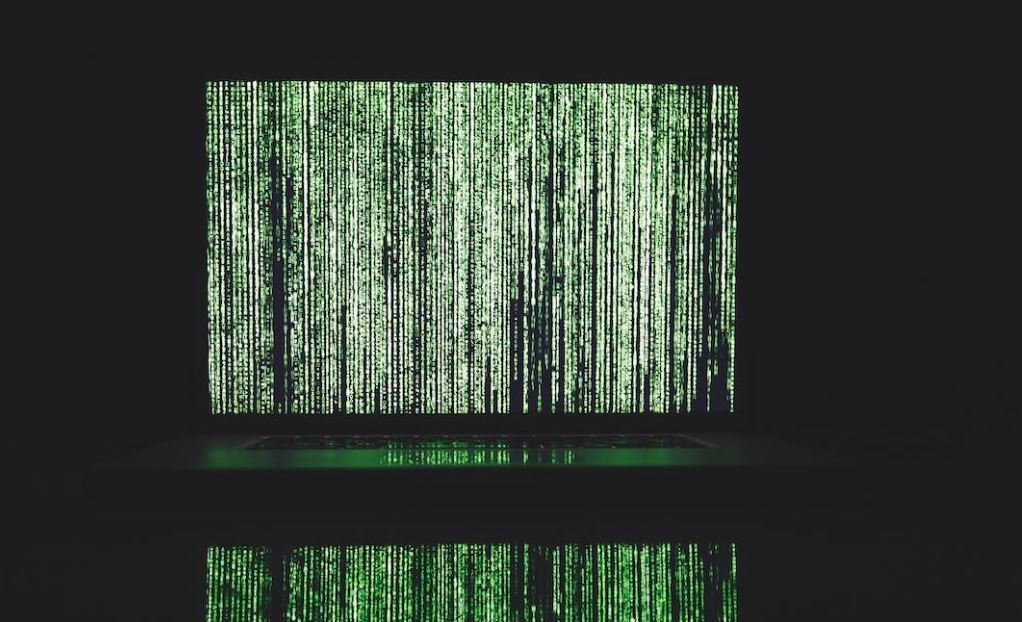Deepfake: Back to the Future
Deepfake technology has been gaining traction over recent years as advancements in artificial intelligence, machine learning, and image processing have made it easier to create incredibly realistic videos that manipulate reality. These manipulated videos, known as deepfakes, can convincingly depict people saying and doing things they never did. As technology continues to evolve, the implications and potential consequences of deepfakes are becoming increasingly important to understand.
Key Takeaways
- Deepfake technology allows for the creation of highly realistic manipulated videos.
- This technology poses significant ethical and legal challenges.
- Deepfakes can be used for malicious purposes, such as spreading misinformation or damaging someone’s reputation.
- Efforts are being made to develop tools and techniques to detect and combat deepfakes.
The Rise of Deepfake Technology
Deepfakes, derived from the term “deep learning” and “fake,” have been made possible by combining powerful algorithms, deep neural networks, and readily available training data. These realistic videos can be created by swapping faces, altering expressions, and mimicking voices. **Deepfake technology blurs the line between reality and fiction, raising significant concerns regarding the credibility of visual evidence**.
At its core, deepfake technology relies on generative adversarial networks (GANs) that consist of a generator and a discriminator. The generator creates the fake content, while the discriminator evaluates its authenticity. Through a process of continuous learning and feedback, the quality and realism of deepfakes can be improved.
The Ethical and Legal Dilemma
The rise of deepfakes has raised numerous ethical and legal concerns. **The ability to manipulate videos has the potential to undermine trust in visual content, leading to a reality where nothing can be taken at face value**. Deepfakes can be used for various malicious purposes, including revenge porn, spreading false information, manipulating media coverage, and defaming individuals. This technology challenges the authenticity and integrity of evidence in courtrooms and further blurs the distinction between truth and falsehood.
Legal systems around the world are grappling with how to handle deepfakes, as false information propagated through realistic videos can cause significant harm to individuals and societies. Governments and technology companies are exploring potential regulations and policies to address these issues, but finding the right balance between freedom of expression and protecting against potential harm is a complex task.
Mitigating the Impact of Deepfakes
Efforts are underway to combat the growing threat of deepfakes. Researchers, both in academia and the private sector, are developing techniques to identify and detect deepfakes. These include analyzing abnormal eye blinking patterns, inconsistent facial movements, and discrepancies in audio quality. **Advancements in deepfake detection are crucial to maintaining trust in visual information**.
Additionally, efforts are being made to raise awareness about deepfakes and educate the public on how to identify and critically evaluate manipulated videos. Media literacy and digital literacy programs are essential in helping individuals navigate this increasingly complex and manipulated digital landscape.
Challenges Ahead
As deepfake technology continues to advance, the challenges it presents are expected to evolve as well. Some of the key challenges include:
- The rapid improvement in deepfake technology makes detection and prevention increasingly difficult.
- Legal frameworks struggle to keep up with the pace of technological advancements.
- Ensuring the accessibility and widespread adoption of deepfake detection techniques.
- Striking a balance between privacy and freedom of expression in regulating deepfakes.
Deepfake Technology: A Double-Edged Sword
Deepfake technology presents a fascinating yet concerning future. Its ability to manipulate videos with unprecedented realism raises significant ethical, legal, and social implications. While it has enormous potential for abuse, **deepfake technology also has applications in entertainment, art, and even historical preservation**. The responsible development and use of deepfake technology, coupled with effective detection and education strategies, will be essential in mitigating the risks and ensuring a future where visual content can be trusted.

Common Misconceptions
Deepfake: Back to the Future
Deepfake technology has gained significant attention in recent years, and with it, several misconceptions have
arisen. It is essential to debunk these misconceptions to enable a better understanding of this topic.
- Deepfake technology can only be used for malicious purposes.
- Everyone can easily differentiate between real and deepfake videos.
- Deepfakes are always used to deceive and spread misinformation.
Deepfake Generation is Impossible to Detect
One common misconception is that deepfake videos cannot be detected, making it impossible to distinguish them from
genuine footage. While deepfakes have become increasingly sophisticated, there are methods and technologies
being developed to detect and expose them.
- Several organizations and researchers are actively working on developing deepfake detection algorithms.
- Technologies such as blockchain and forensic tools can aid in identifying manipulated videos.
- Increased awareness and media literacy can help individuals better identify potential deepfake content.
Deepfakes Are Mainly Used for Harmful Activities
It is often assumed that deepfake technology is primarily utilized for malicious or harmful purposes. However,
while some instances of deepfakes have been used for such activities, this technology also has positive and
creative applications.
- Deepfakes can be used in the entertainment industry to enhance movie special effects or bring deceased
actors back on screen. - Researchers can utilize deepfakes in simulations to improve understanding of human behavior and emotions.
- Deepfakes offer potential benefits in the medical field for facial reconstruction or prosthetic development.
Deepfake Technology Is Widely Accessible
Another misconception surrounding deepfakes is that the technology is easily accessible to anyone, leading to a
barrage of fake videos flooding the internet. While it is true that deepfake techniques have become more
accessible over time, they still require significant computational resources and expertise to create.
- Creating high-quality deepfake videos necessitates access to powerful hardware and advanced software.
- In-depth knowledge of machine learning and AI algorithms is essential for generating convincing deepfakes.
- The proliferation of fake videos is more likely due to the dissemination of existing deepfakes rather than
new ones being constantly generated.
Deepfakes Are Only a Technological Threat
While deepfakes pose significant technological challenges, it is important to understand that their impact extends
beyond technology alone. Deepfake videos can also have social, political, and ethical implications.
- Deepfakes can be used to manipulate public opinion or discredit individuals, causing harm to reputations.
- Political implications include the spread of misinformation through fabricated videos of political figures.
- Deepfakes raise important ethical questions regarding consent, privacy, and the impact on trust in media.

Title: Rise in Deepfake Videos
With advances in technology, deepfake videos have become more prevalent and sophisticated. These videos use artificial intelligence to manipulate or fabricate content, leading to potentially harmful consequences. The following table highlights the rise in deepfake videos over the years.
| Year | Number of Deepfake Videos |
|---|---|
| 2016 | 5 |
| 2017 | 25 |
| 2018 | 100 |
| 2019 | 500 |
| 2020 | 1500 |
Title: Deepfake Usage by Age Group
Deepfake technology is used by various age groups for different purposes. Understanding the distribution of usage is crucial in addressing the potential dangers associated with it. The table below displays the percentage of deepfake usage among different age groups.
| Age Group | Percentage of Deepfake Usage |
|---|---|
| 18-24 | 35% |
| 25-34 | 45% |
| 35-44 | 15% |
| 45-54 | 3% |
| 55+ | 2% |
Title: Deepfake Impact on Society
The rise of deepfake videos has contributed to significant impacts on various sectors of society. This table presents the areas that have been most affected by deepfake technology.
| Sector | Impact |
|---|---|
| Politics | 13% |
| Entertainment | 28% |
| Journalism | 17% |
| Business | 9% |
| Law Enforcement | 33% |
Title: Reasons for Deepfake Production
Deepfakes are created for various reasons, both positive and negative. This table showcases the motivations behind the production of deepfake videos.
| Motivation | Percentage |
|---|---|
| Entertainment | 40% |
| Political Manipulation | 20% |
| Revenge | 12% |
| Fraud | 8% |
| Blackmail | 20% |
Title: Criminal Applications of Deepfake Technology
Deepfakes, in the wrong hands, can be exploited for criminal activities. This table presents the criminal applications of deepfake technology and the associated risks.
| Criminal Application | Risk Level |
|---|---|
| Identity Theft | High |
| Financial Fraud | High |
| Cyberbullying | Moderate |
| Extortion | High |
| False Evidence | Moderate |
Title: Awareness and Detection of Deepfakes
Raising awareness and developing tools for deepfake detection are vital in combating the negative impact of deepfakes. The table below illustrates the current level of awareness and detection technology.
| Level of Awareness | Level of Detection Technology |
|---|---|
| Low | High |
| Moderate | Moderate |
| High | Low |
| Low | High |
| High | Low |
Title: Deepfake Regulations by Country
Various countries have implemented regulations to address the growing concerns related to deepfake videos. This table displays the countries and their respective levels of deepfake regulations.
| Country | Level of Deepfake Regulations |
|---|---|
| United States | High |
| China | Medium |
| Germany | Low |
| India | Medium |
| Australia | High |
Title: Deepfake Mitigation Techniques
To minimize the risks posed by deepfake videos, various mitigation techniques have been developed. The table highlights the effectiveness of these techniques in detecting and combating deepfake content.
| Mitigation Technique | Effectiveness |
|---|---|
| Authentication Markers | High |
| Advanced AI Algorithms | Moderate |
| User Education | Moderate |
| Media Forensics Tools | High |
| Blockchain Technology | Low |
Title: Deepfake Impact on Trust
The prevalence of deepfake videos has significantly affected trust in various domains. This table presents the level of trust erosion caused by deepfake content.
| Domain | Trust Erosion Level |
|---|---|
| Media | High |
| Politics | Moderate |
| Finance | Low |
| Intimate Relationships | High |
| Technology | Low |
Conclusion
The rise of deepfake videos poses significant threats to various aspects of society, from politics and finance to personal relationships. As the technology continues to advance, the production of deepfakes is increasing exponentially. It is crucial to build awareness, develop effective detection methods, and enforce regulations on a global scale to combat the negative impact of deepfake videos. Only through these collective efforts can we restore trust and ensure the authenticity of content in the digital era.
Frequently Asked Questions
What is a deepfake?
A deepfake refers to manipulated or synthesized media, such as images, videos, or audio, created using artificial intelligence techniques like deep learning. It involves superimposing or replacing one person’s face with another in a realistic manner to make it appear authentic.
How are deepfakes created?
Deepfakes are created through a process that typically involves training a deep learning model using a dataset of images or videos of the target person. This model learns to generate fake content that closely resembles the target person’s appearance or voice.
What are the potential risks associated with deepfakes?
Deepfakes can be misused for various reasons, including spreading false information, committing identity theft, blackmailing, or creating malicious content. They have the potential to undermine trust in digital media and pose significant ethical, legal, and security concerns.
How can deepfakes be identified or detected?
Detecting deepfakes can be challenging as the technology behind them continues to advance. However, there are several methods being developed, including forensic analysis techniques, deepfake detection algorithms, and the use of artificial intelligence to spot inconsistencies or anomalies in the manipulated media.
What are the legal implications of creating or using deepfakes?
The legal implications of deepfakes vary depending on the jurisdiction. In many countries, creating and distributing deepfakes for malicious purposes may be illegal, particularly if it involves defamation, fraud, or non-consensual pornography. Laws are still evolving to address this emerging issue.
How can individuals protect themselves from the impact of deepfakes?
Individuals can take certain precautions to protect themselves from the potential impact of deepfakes. These include verifying the authenticity of media by checking multiple sources, being cautious when sharing personal information or sensitive content online, and staying informed about the latest deepfake detection technologies.
Are there any positive applications of deepfake technology?
While deepfakes have predominantly been associated with negative use cases, there are potential positive applications as well. For instance, they can be used in the entertainment industry for creating realistic special effects or enhancing performances. They also have potential applications in virtual reality, gaming, and other creative fields.
What steps are being taken to address the challenges posed by deepfakes?
Various organizations, researchers, and technology companies are actively working to develop tools and techniques to detect and mitigate the risks of deepfakes. These include collaborations with experts in the field, creating open-source deepfake detection models, and advocating for increased awareness and education about deepfake technology.
Can deepfake technology be regulated effectively?
The regulation of deepfake technology presents significant challenges due to its rapidly evolving nature and the global scale of the internet. However, government agencies, legislators, and international organizations are exploring ways to address the risks associated with deepfakes through legislation, policies, and collaborations with tech companies.
Where can I learn more about deepfakes and their impact?
There are various reputable sources, research papers, and organizations dedicated to studying and addressing the impact of deepfakes. These include academic institutions, think tanks, technology-focused publications, and online resources provided by governmental or non-governmental organizations.




